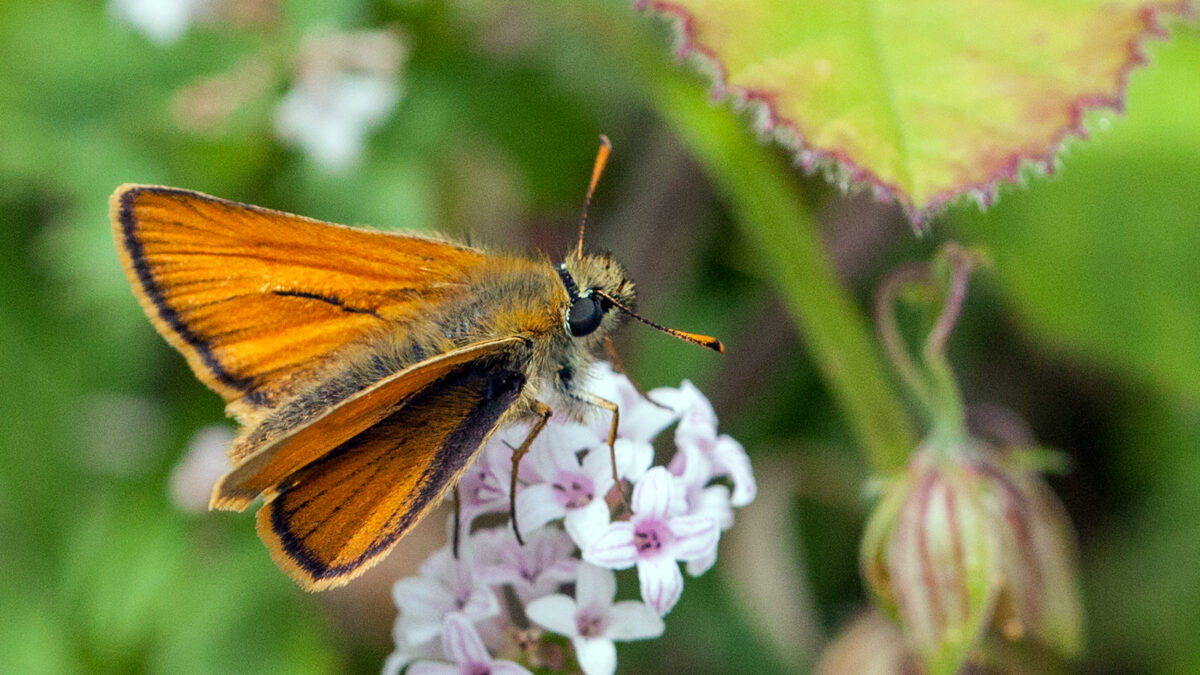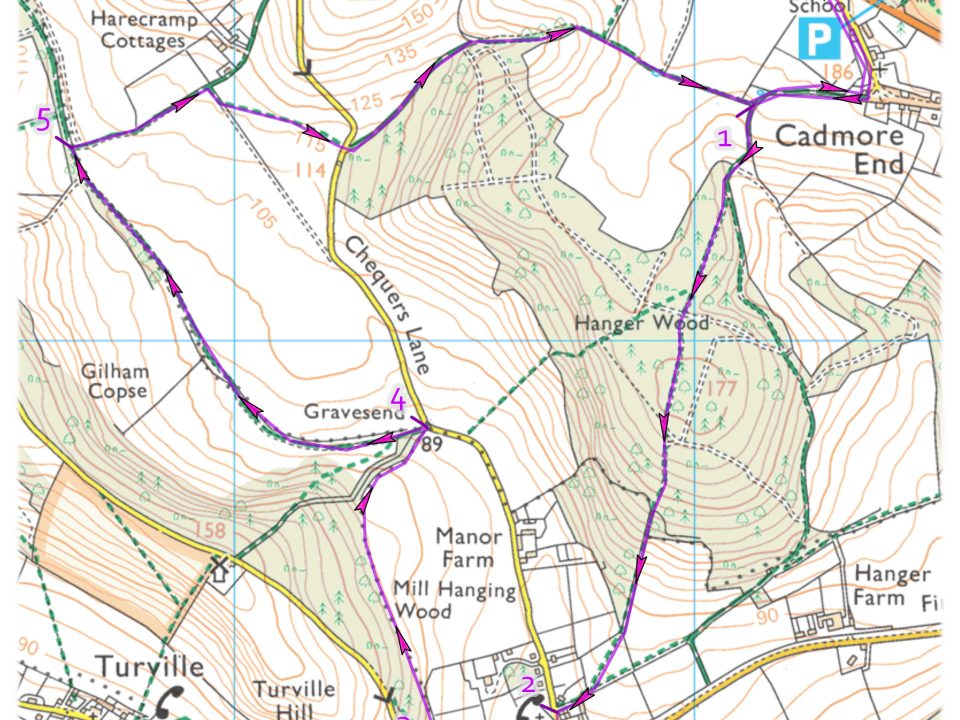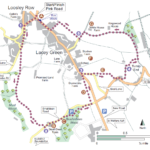
Lacey Green Walk
March 1, 2024
Aylesbury Waterside Theatre
April 30, 2024Early woodland plants such as winter aconite have long finished to be replaced by pretty carpets of species such as lesser celandine, violets, and wood sorrel.
This delicate little flower is an easy ID, with the distinctive trefoil leaves – during the day these leaves are flattened whilst at night the three heartshaped lobes, fold back into a tent. The lovely little white flowers with purple veins also close-up as the light fades.
The array of orchid species will also be starting to do their thing, peppering the chalk grassland. Early purple orchid is one of the first orchid species, starting to flower in April, right through to June. The main clumps are often recorded on The Warren on the south side of the site.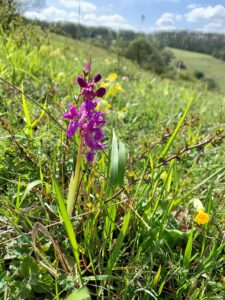
Butterflies are also a key milestone of the changing season, as the early species start to be recorded. We often see species such as Brimstone as early as February, but this time of year really sees a jump in the number and variety of species seen. Butterfly transects have started across the nature reserves, with volunteers walking set routes (usually encompassing multiple habitat types), and recording what species, and number of occurrences. Species that are regularly spotted on site include Dingy skipper, Green Hairstreak, and the Orange Tip butterfly, although it is only the males which have the pretty orange tips to the white wings.
When we shift into June, butterfly species on the wing will expand again, to include species like large skipper and small skipper. The chequered pattern on both sides of the wing is a key feature to distinguish the large skipper from the small skipper.
A later orchid species, to keep an eye out for is the Fragrant orchid. It lives up to its name, producing a sweet, orangey smell which is most intense in the evening. A key area to look for this orchid is across Bald Hill, on the south side of the reserve.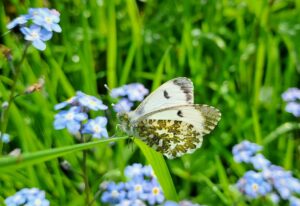
May and June really are a fantastic time to be out on the reserve with loads to see. As well as beautiful botany and butterflies, you may also spot our sheep go a bit bald this time of year, with June also being shearing time.
Steph Wilson – Natural
England Reserve Manager

